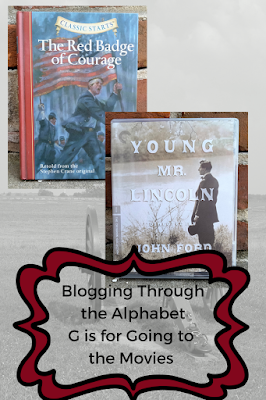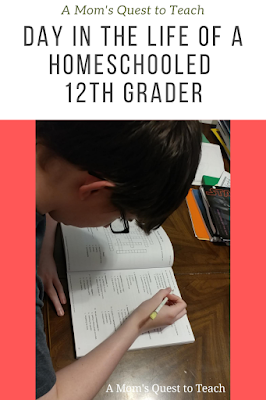This post contains affiliate
links. For more information, please see my Terms of Use and Disclosure Policy
page. Thank you.
Who would have thought a small place would be so instrumental in the start of the American Civil War? Harpers Ferry, located in Virginia during this time, would be the focal point of John Brown's raid on October 16, 1859. His goal was to seize the U.S. Armory and Arsenal there, give arms to the slaves that joined his party, and begin an uprising.
Background of Harpers Ferry
Robert Harper purchased a ferry boat operation from a Dutchman, Peter Stephens, and by 1751 the area became known as "Shenandoah Falls at Mr. Harper's Ferry." This area would play a role in early American history as both Thomas Jefferson and George Washington stayed in the community that sprang up around Harpers Ferry.
The area became a thriving commercial center, and first President George Washington convinced Congress to establish a national armory at Harpers Ferry. In 1801, the Harpers Ferry armory started its production of military muskets. Along with the production of rifles and pistols, Harpers Ferry was important as canal and rail lines built up around the area.
John Brown's Plans
John Brown and his "Secret Six" discussed plans in 1858 to invade the Southern Appalachian. These men were angry with the treatment of the slaves and wanted to see a change. This change - this invasion at Harpers Ferry - would consist of a small number of men as Brown did not recruit many to his 'army.'
Eighteen men joined John Brown on October 16, 1859, after dark to capture the armory complex at Harpers Ferry. He sent word to bring slaves to his uprising, but none came to aid Brown. So, he sat down to wait with his hostages, which included a great-grandnephew of George Washington.
Residents of Harpers Ferry, along with Virginia and Maryland militia, began the process of taking back the armory on the morning of October 17. Two of Brown's men and six others were killed, along with three townspeople, in the afternoon. At night, a U.S. Marine company arrived, commanded by none other than Robert E. Lee (then a colonel) and J.E.B. Stuart (his lieutenant). After thirty-six hours, Brown's attack was over as Lee sent in the Marines.
The raiders were quickly hanged after their conviction. Brown was convicted of treason, murder, and fomenting insurrection and sentenced to hang on December 2, 1859. With his execution, Brown would have a lasting legacy on America – probably more so than any of his actions prior to December of 1859.
The events at Harpers Ferry led to rumors, problems, and the creation of a martyr. Rumors started that Brown had intended to move southward if the raid Harpers Ferry had succeeded. Even though the South was happy to hear no slaves had joined Brown, the North took his death and created him a martyr to the noble cause of abolition. The North even added a new song to their repertoire – John Brown's Body.
"John Brown's body lies a-moldering in the grave
John Brown's body lies a-moldering in the grave
John Brown's body lies a-moldering in the grave
But his soul goes marching on."
During the American Civil War
When war broke out, Harpers Ferry became a target of the South. The Confederates captured the U.S. Armory on April 18, 1861. They saved most of the rifle machinery that the U.S. Army regulars had set on fire to prevent them from falling into the hands of the Confederacy. So, Harpers Ferry played a role in helping the Confederacy supply guns to their troops. Over the course of the Civil War, Harpers Ferry changed hands eight times, with the Union occupying it the most. On June 20, 1863, West Virginia became the 35th state.
At the end of the American Civil War, the community was shattered, with half the town in ruins. Eventually, a school would be built there. The town would become a tourist spot and then part of state and federal historic parks.
Do you want to learn more about the American Civil War?
Read about John Brown's Harpers Ferry Raid at American Battlefield Trust.
Read about Harpers Ferry at the National Historical Park Site.
Read about Appomattox at A Mom's Quest to Teach.






























